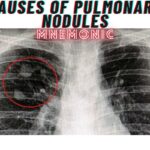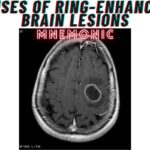As medical practitioners working at the Accident and Emergency Department (A&E), recognizing the signs of acute limb ischemia is paramount to ensure prompt intervention and mitigate potential complications. In this pursuit, the mnemonic “6 P’s” emerges as a quick clinical assessment tool especially in the triage, offering a structured approach to identifying the hallmark indicators of acute arterial occlusion. This mnemonic encapsulates a range of critical signs which primarily include: the 6 P’s: Pain, Pallor, Pulselessness, Paresthesia, Paralysis, and Poikilothermia—that serve as sentinel markers of compromised blood flow to a limb. By integrating the “6 P’s” mnemonic into our diagnostic toolkit, we as healthcare professionals can equip ourselves to rapidly assess and manage acute limb ischemia, enhancing patient outcomes through early recognition and tailored medical interventions.
Within the dynamic landscape of vascular medicine, the “6 P’s” mnemonic stands as an invaluable mnemonic aid that ensures heightened diagnostic accuracy. Each component within the mnemonic demonstrates a distinct facet of acutely compromised blood supply, ranging from pain and sensory changes to pulse deficits and motor impairment. By internalizing the “6 P’s” mnemonic, we reinforce our diagnostic precision, enabling timely intervention and prevention of permanent limb damage. Therefore, this we highly recommend this mnemonic for quick memorization and recall of signs of acute limb ischemia during real-life patient encounters.
Signs of Acute Limb Ischemia Mnemonic: 6 P’s
| Letter | Component | Explanation |
|---|---|---|
| P | Pain | Severe, sudden onset of pain in the affected limb |
| P | Pallor | Paleness of the limb due to reduced blood supply |
| P | Paralysis | Loss of motor function or inability to move the limb |
| P | Pulse deficit | Absent or weak pulse in the affected artery |
| P | Paresthesia | Tingling or numbness in the limb |
| P | Poikilothermia | Cooling of the limb due to reduced blood flow, making it cold to touch |
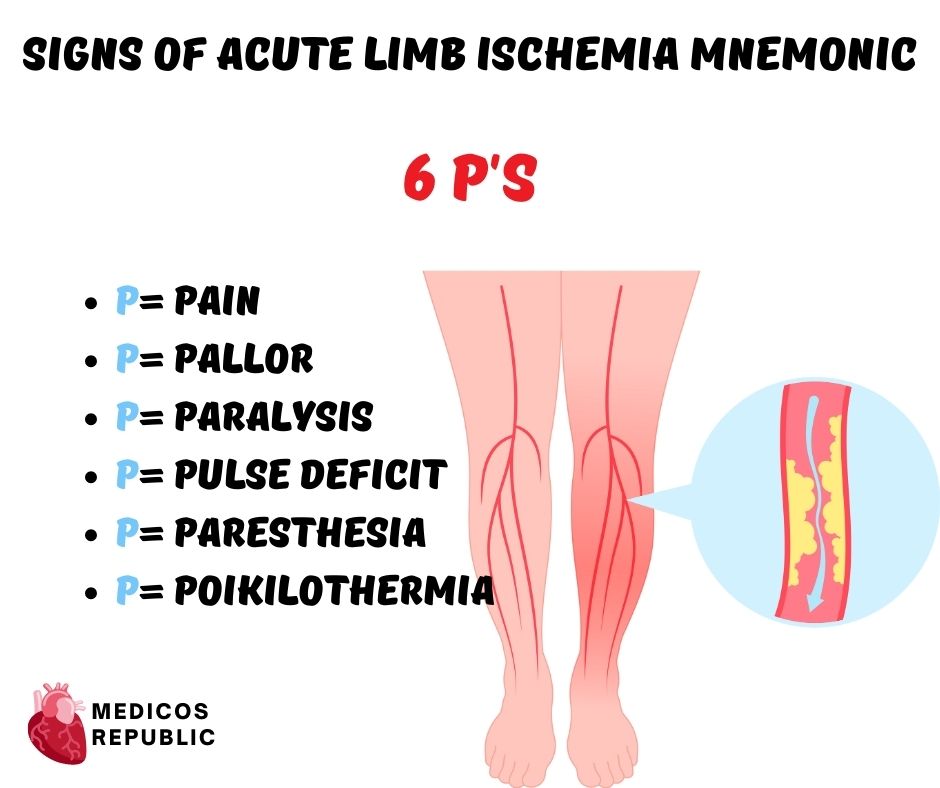

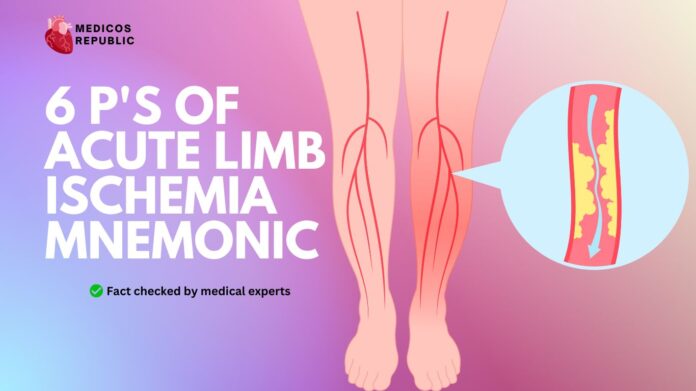
![How to Remember Southern, Northern, and Western Blot Tests [Mnemonic] How to Remember Southern, Northern, and Western Blot Tests](https://www.medicosrepublic.com/wp-content/uploads/2025/06/How-to-Remember-Southern-Northern-and-Western-Blot-Tests-218x150.jpg)
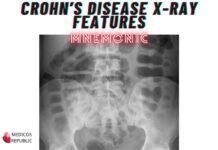
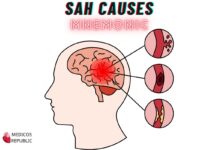
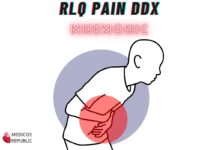
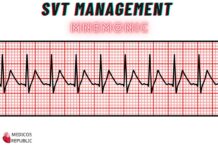
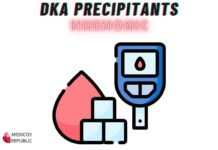

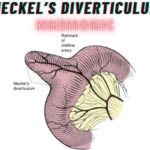


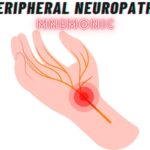
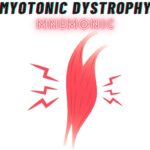
![Gerstmann Syndrome Features Mnemonic [Easy-to-remember] Gerstmann Syndrome Features Mnemonic](https://www.medicosrepublic.com/wp-content/uploads/2025/06/Gerstmann-Syndrome-Features-Mnemonic-150x150.jpg)
![Cerebellar Signs Mnemonic [Easy to remember] Cerebellar Signs Mnemonic](https://www.medicosrepublic.com/wp-content/uploads/2025/06/Cerebellar-Signs-Mnemonic-150x150.jpg)
![Seizure Features Mnemonic [Easy-to-remember] Seizure Features Mnemonic](https://www.medicosrepublic.com/wp-content/uploads/2025/06/Seizure-Features-Mnemonic-1-150x150.jpg)

![Recognizing end-of-life Mnemonic [Easy to remember]](https://www.medicosrepublic.com/wp-content/uploads/2025/06/Recognizing-end-of-life-Mnemonic-150x150.jpg)

![Multi-System Atrophy Mnemonic [Easy-to-remember] Multi-System Atrophy Mnemonic](https://www.medicosrepublic.com/wp-content/uploads/2025/06/Multi-System-Atrophy-Mnemonic-150x150.jpg)

![How to Remember Southern, Northern, and Western Blot Tests [Mnemonic] How to Remember Southern, Northern, and Western Blot Tests](https://www.medicosrepublic.com/wp-content/uploads/2025/06/How-to-Remember-Southern-Northern-and-Western-Blot-Tests-150x150.jpg)


